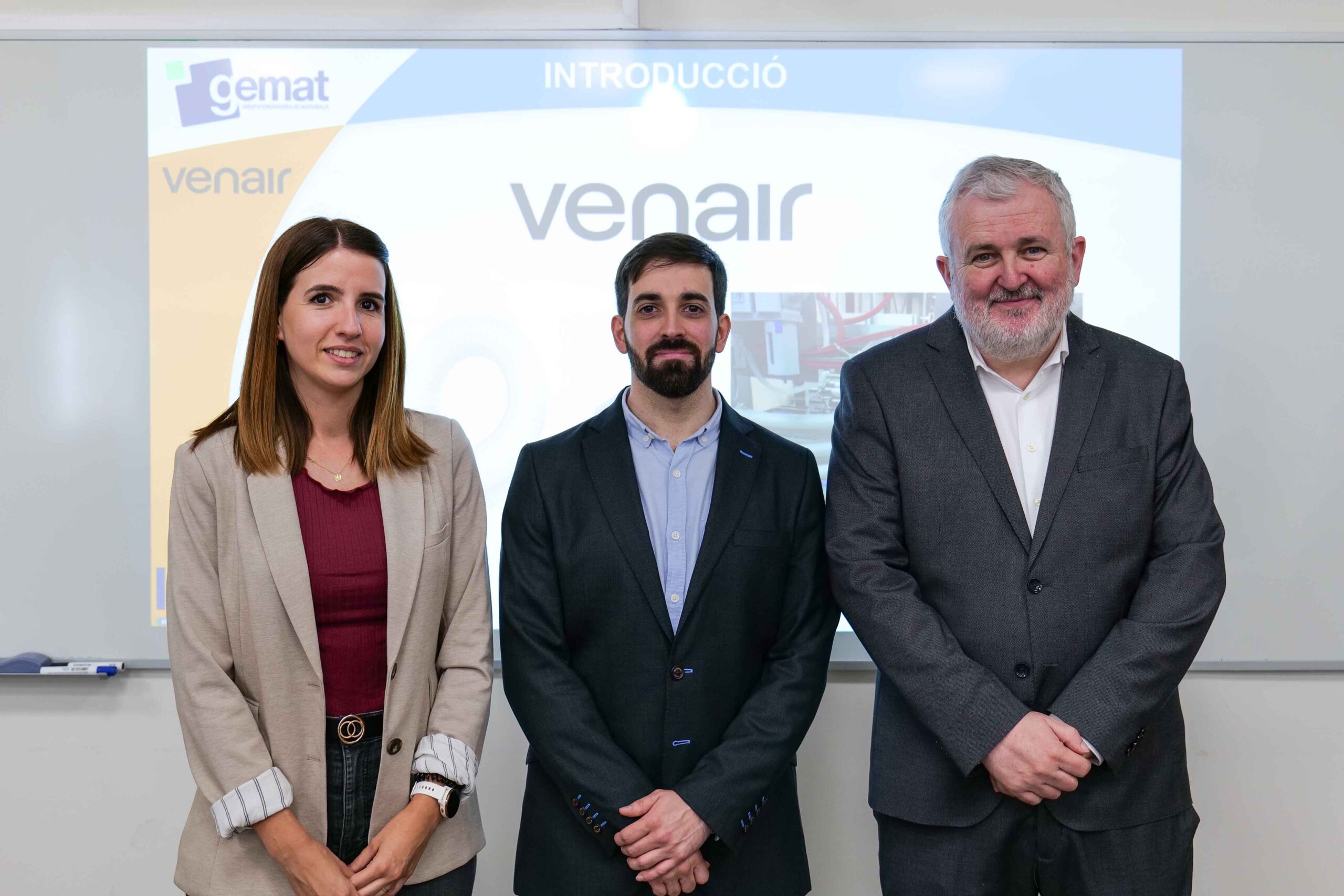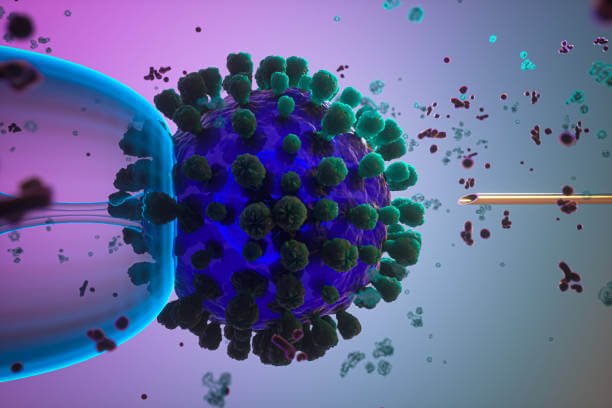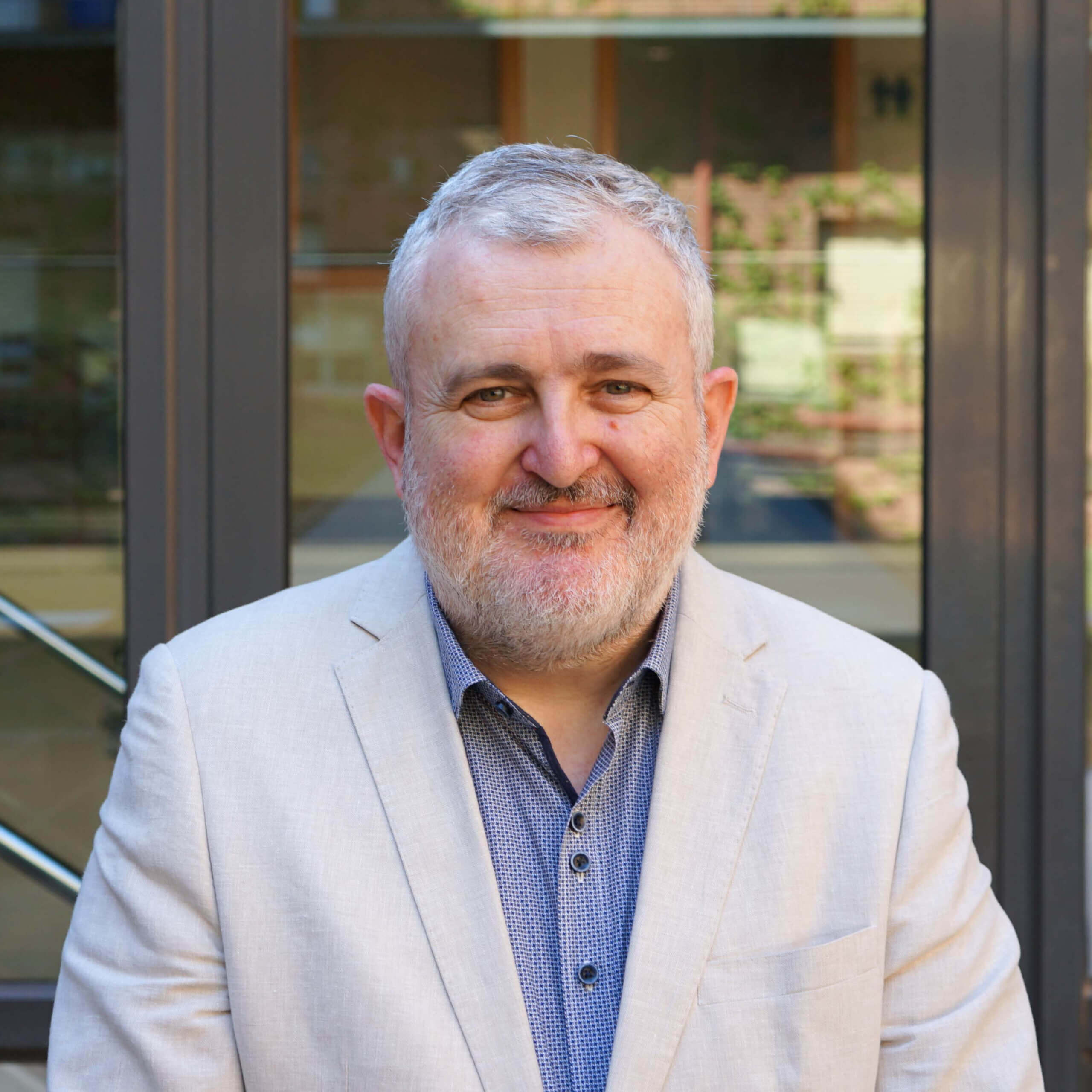Silicone tubes are widely used in different industrial sectors, such as pharmaceuticals or food, thanks to their mechanical properties and compatibility with production processes. Monitoring fluid pressure during manufacturing processes is a critical parameter to ensure control and safety. The pressure sensors currently used require direct contact with the fluid and rigid adapters, increasing the retention areas, the danger of contamination, and difficulties in maintenance and assembly. One solution to overcome these limitations are flexible sensors, a recent technology that is in the process of industrial transfer.
In his doctoral thesis at IQS, Dr Joaquim Mª Rius Bartra developed a flexible capacitive pressure sensor integrated into silicone tubes with no direct contact with fluids and low electricity consumption to monitor pharmaceutical or food production processes. Under the title Development of new dielectric silicones and their application in sensors, he conducted his thesis within the Materials Engineering Group (GEMAT) at IQS, under the supervision of Dr Salvador Borrós and Dr Núria Agulló, along with collaboration from Ms Norma Ferrer, R&D Manager at Venair Ibérica, a company that specializes in designing and creating innovative fluid transfer solutions using flexible silicone tubes.
New Dielectric Silicone Sensors
Dielectric silicone is an ideal material to obtain this type of sensor, to be used inside the silicone tube itself, and to be resistant to high temperatures. However, the performance of the sensor depends on its dielectric constant, which increases the capacitance, and Young’s modulus, which determines the ease of deformation of the sensor.

In the first part of his research, Dr Rius conducted a study to adapt the impedance technique for the dielectric characterization of silicones. In the second phase of his thesis, the dielectric silicone compounds were formulated and developed to optimize the dielectric constant and Young’s modulus of the sensors. The use of multilayer particles, with titanium oxide core and an antimony oxide (ATO) doped tin layer, together with a high consistency silicone matrix with terminal vinyl groups (VIT) was proposed. The ATO particles efficiently increase the dielectric constant of the sensor, while the VIT matrix has shown high flexibility, presenting low Young’s modulus values in the tested compounds. The presence of the VIT groups also gives the silicone a high mechanical integrity, a characteristic necessary to avoid breaking it when handled.
With this new material developed in his thesis, Dr Rius developed a prototype pressure sensor that has been integrated into silicone tubes and is adaptable to different models of commercial silicone tubes.
Finally, Dr Rius designed an electronic system to obtain the sensor reading data, starting from the mechanical deformation of the sensor and converting the signals into digital data. The final characterization of the sensor prototypes has shown a linear response with the internal pressure of the tube. The temperature tests carried out showed a high thermal stability of the sensors, which enables them to work at high temperatures.
In the words of Norma Ferrer, “Dr Rius’s work has been very enriching for Venair, as it has not only covered a pure research area, but has also led to a functional prototype. This thesis opens the door for us at Venair to continue working on this topic in a very focused way.”

Related publication
Joaquim M. Rius, Norma Ferrer, Núria Agulló, Salvador Borrós, High-consistency silicone rubber with reduced Young’s modulus. An industrial option to dielectric silicone rubber, Journal of Applied Polymer Science, 140, issue 37, 2023
This thesis has been conducted within the 2018 Industrial Doctorates Plan of the Government of Catalonia and co-financed between the IQS School of Engineering (Ramon Llull University) and the company Venair Ibérica.













